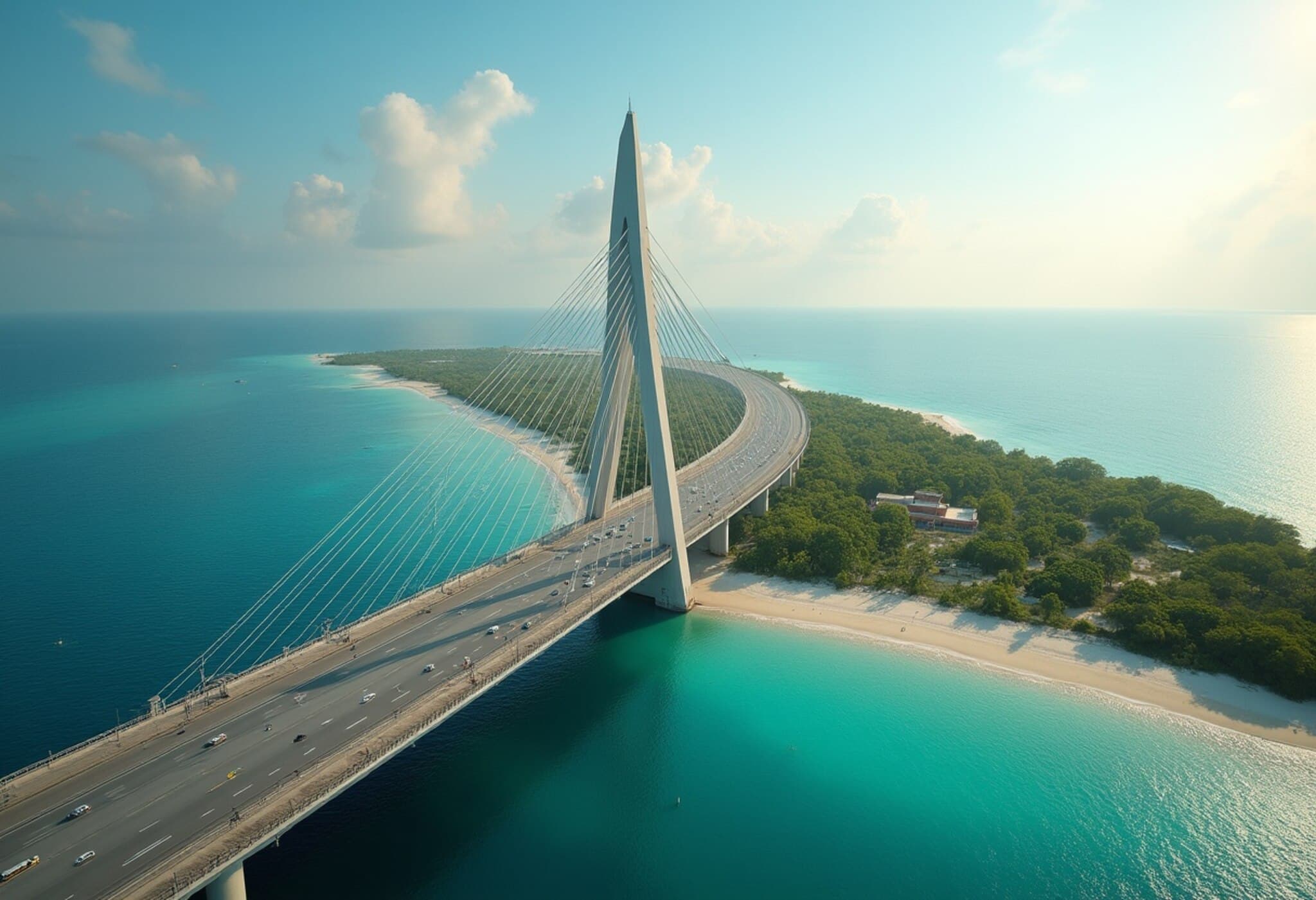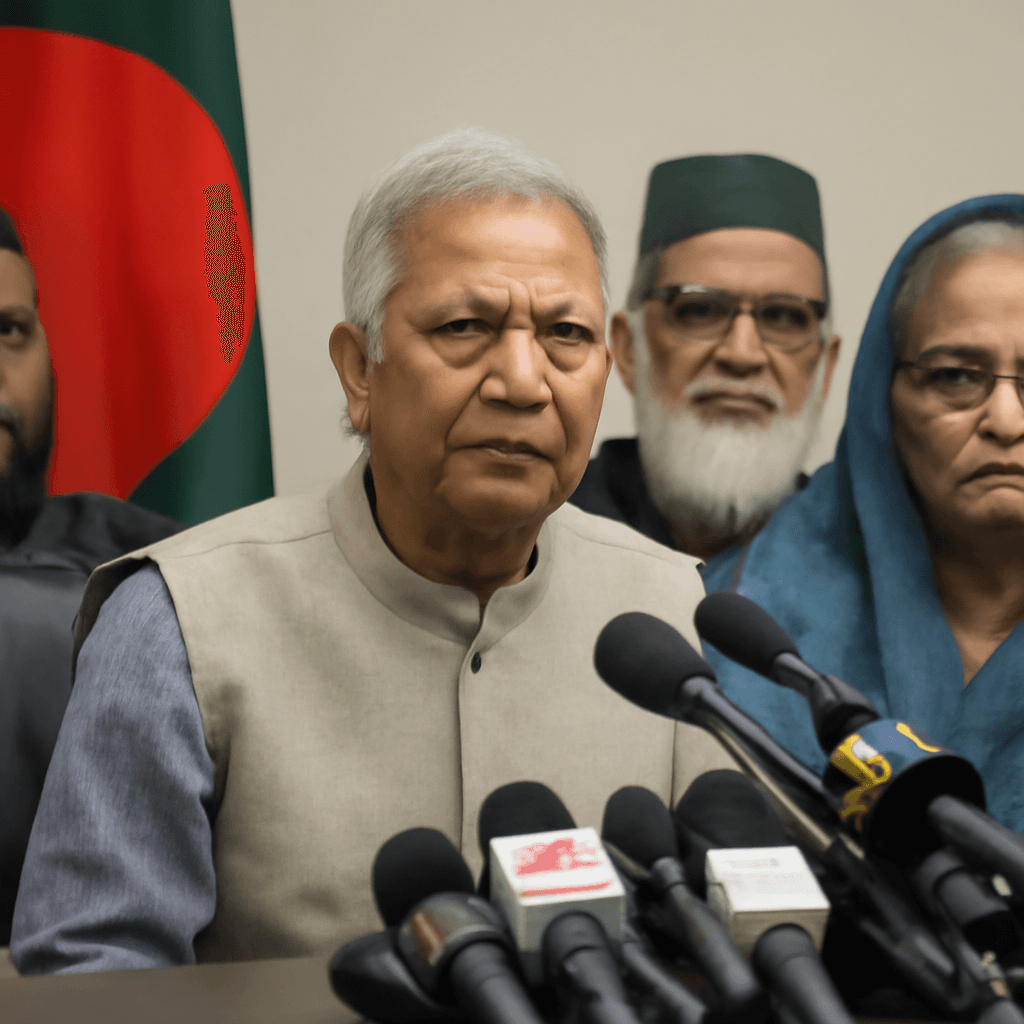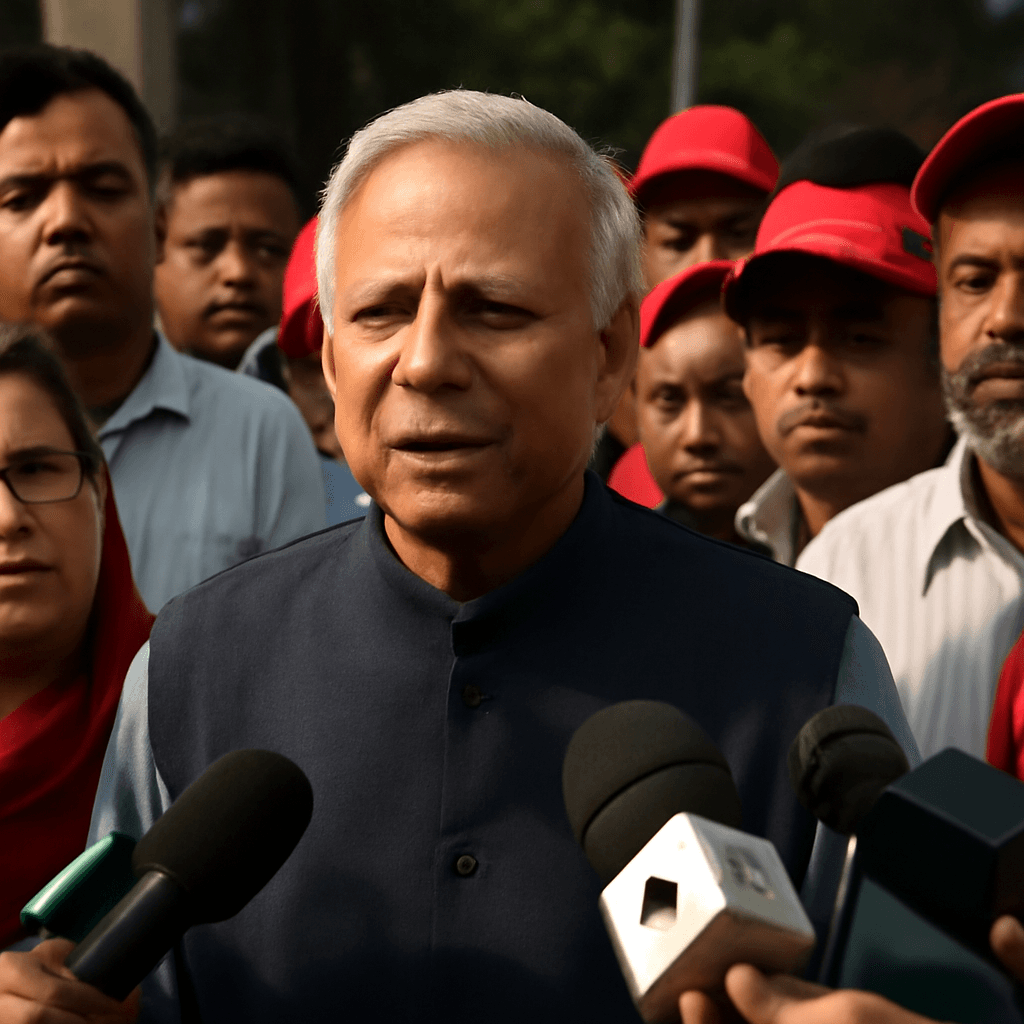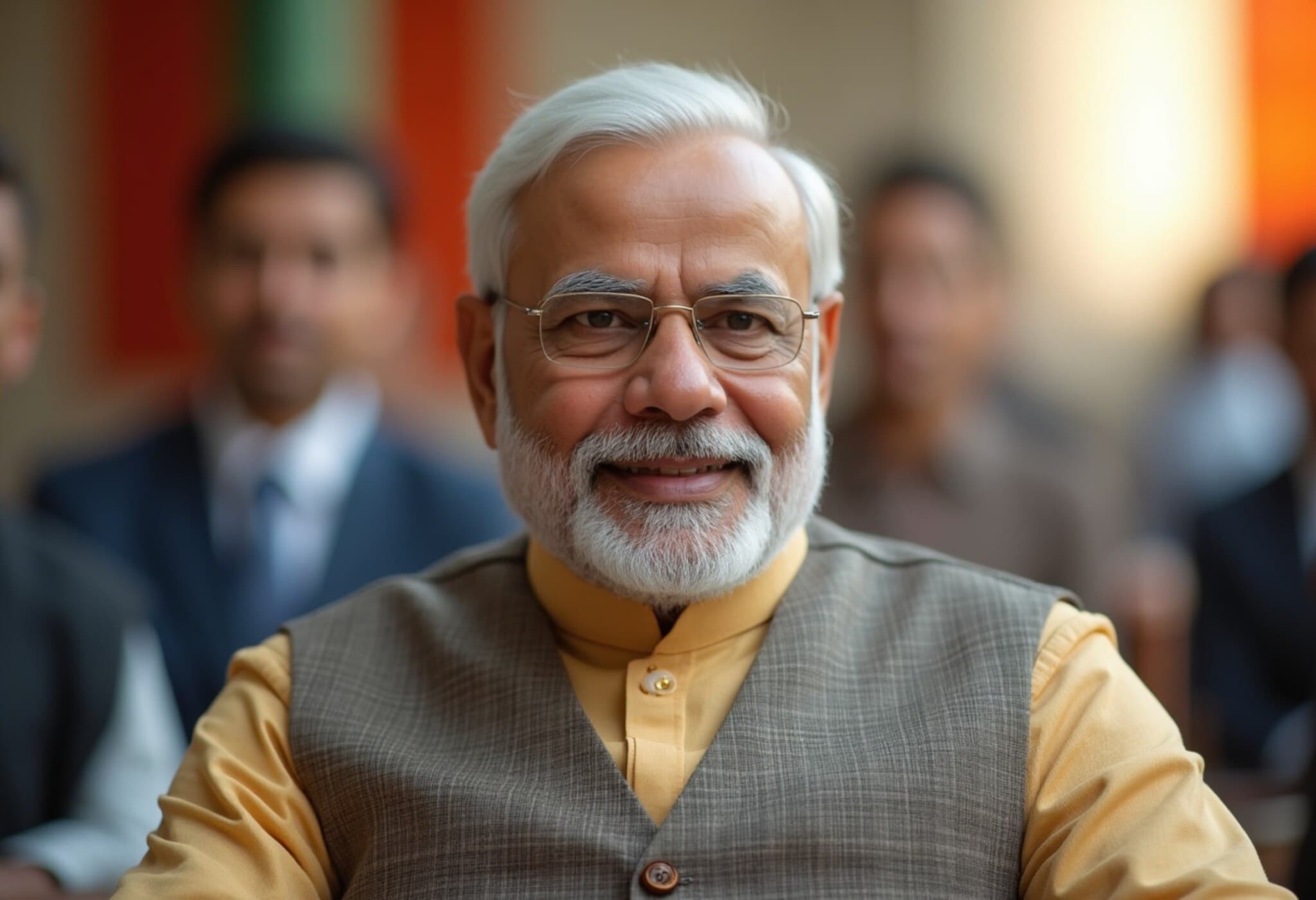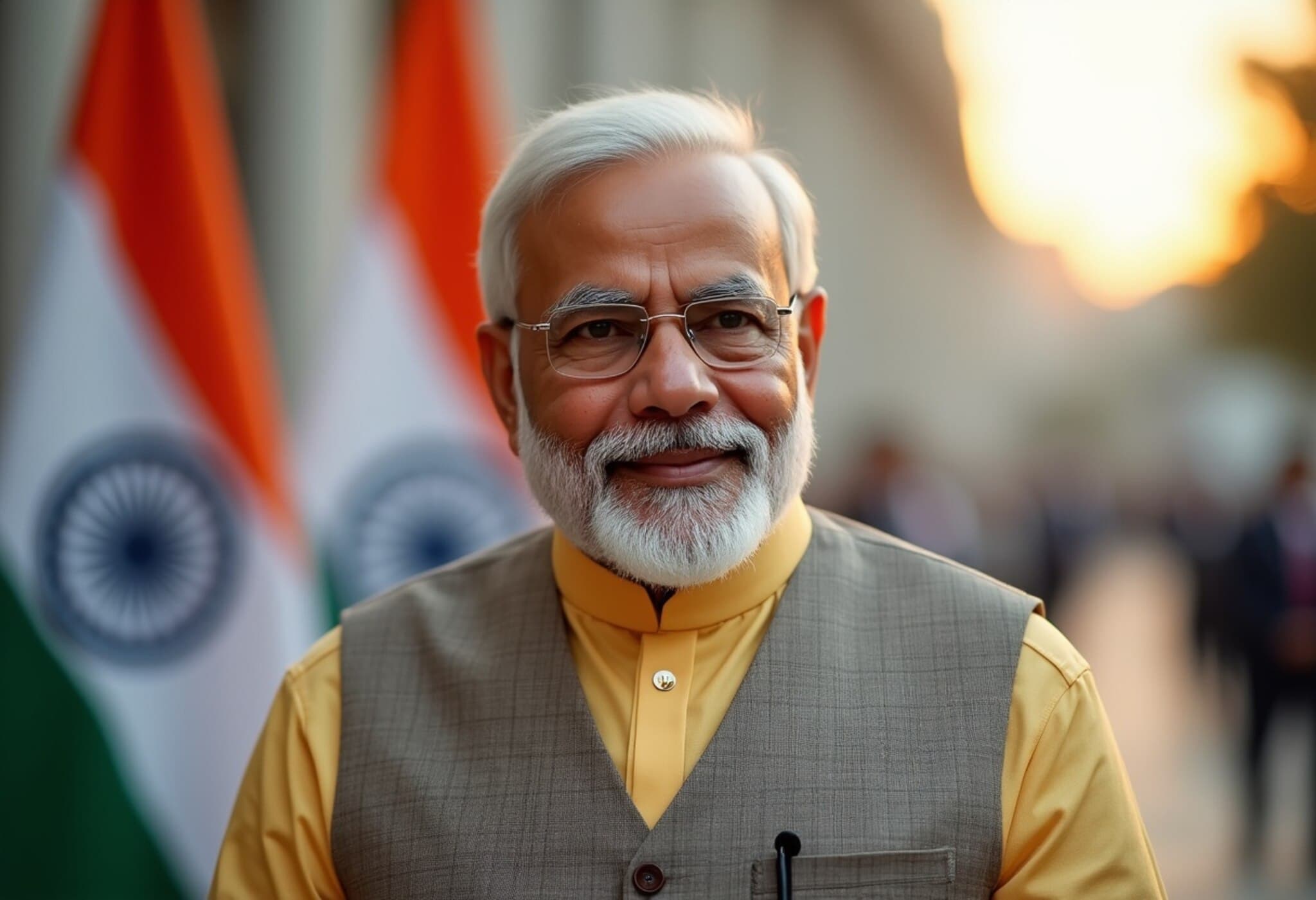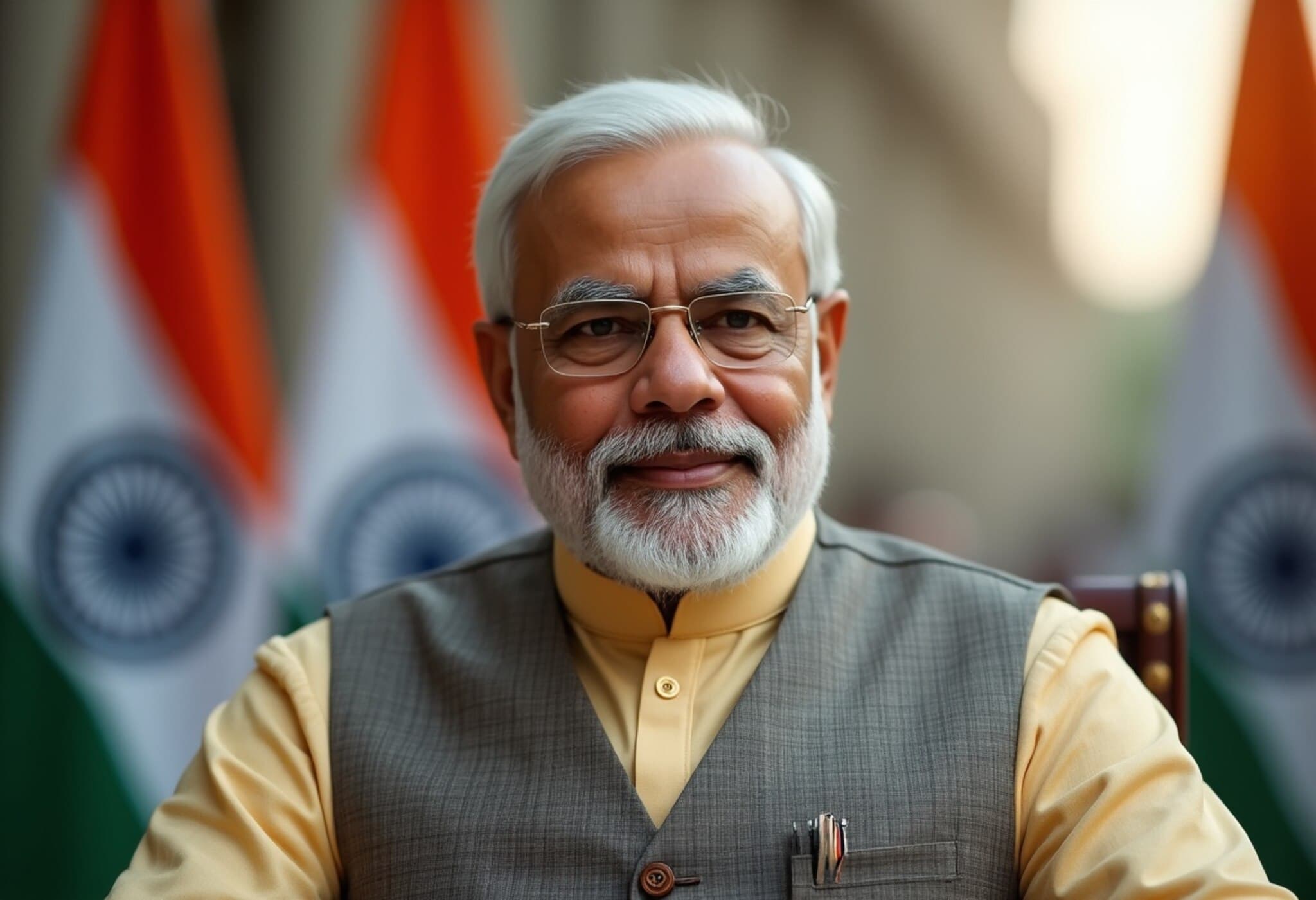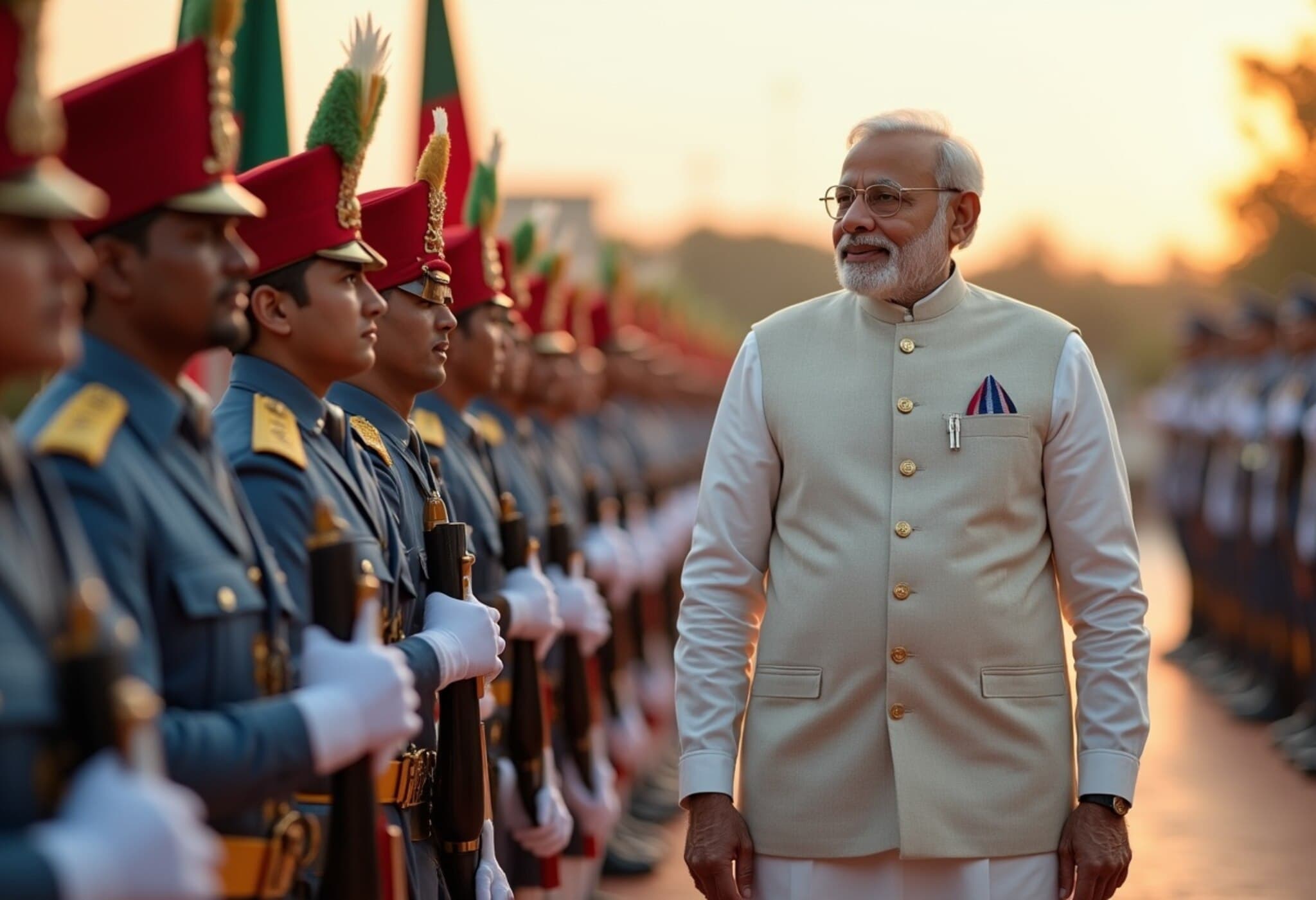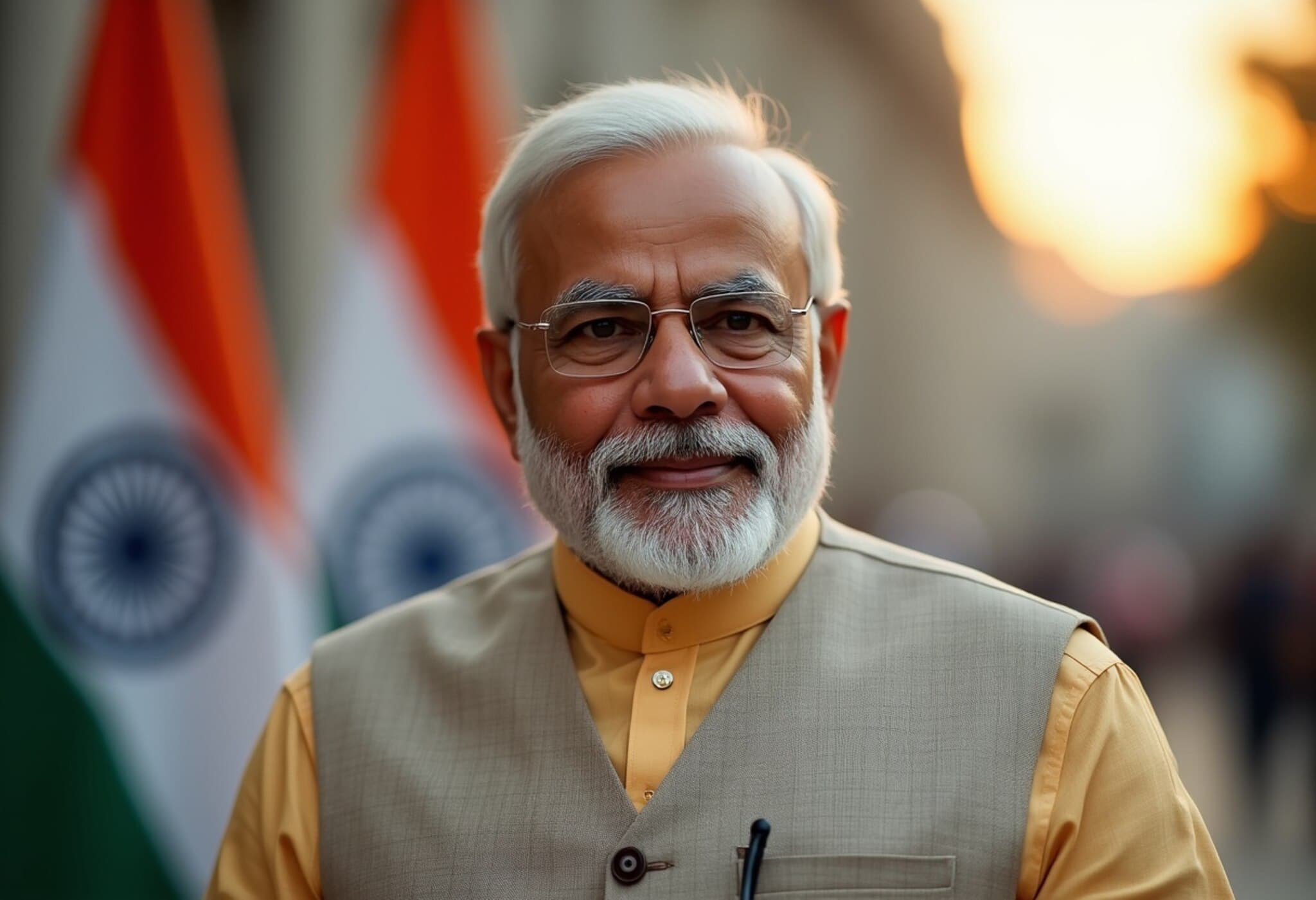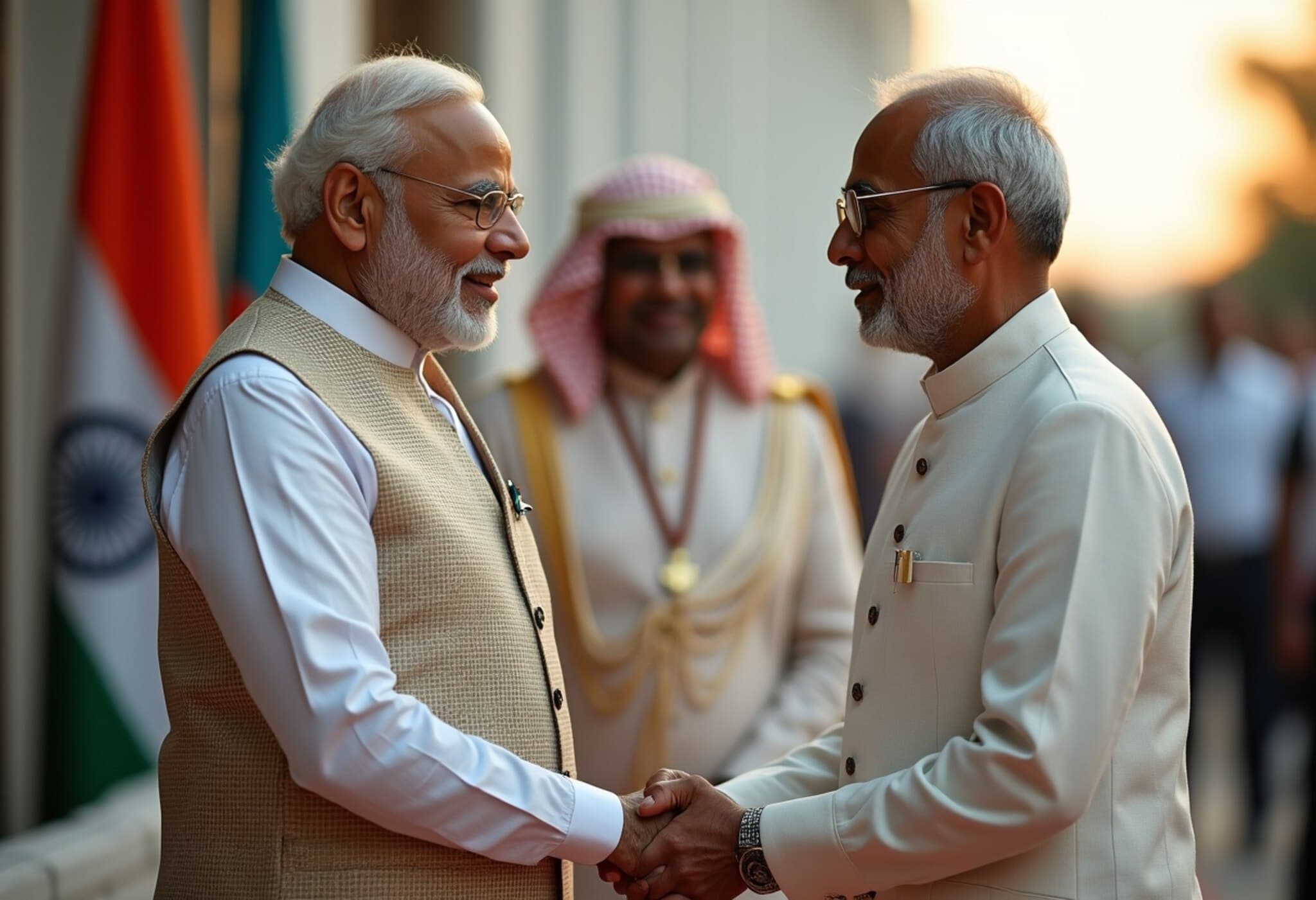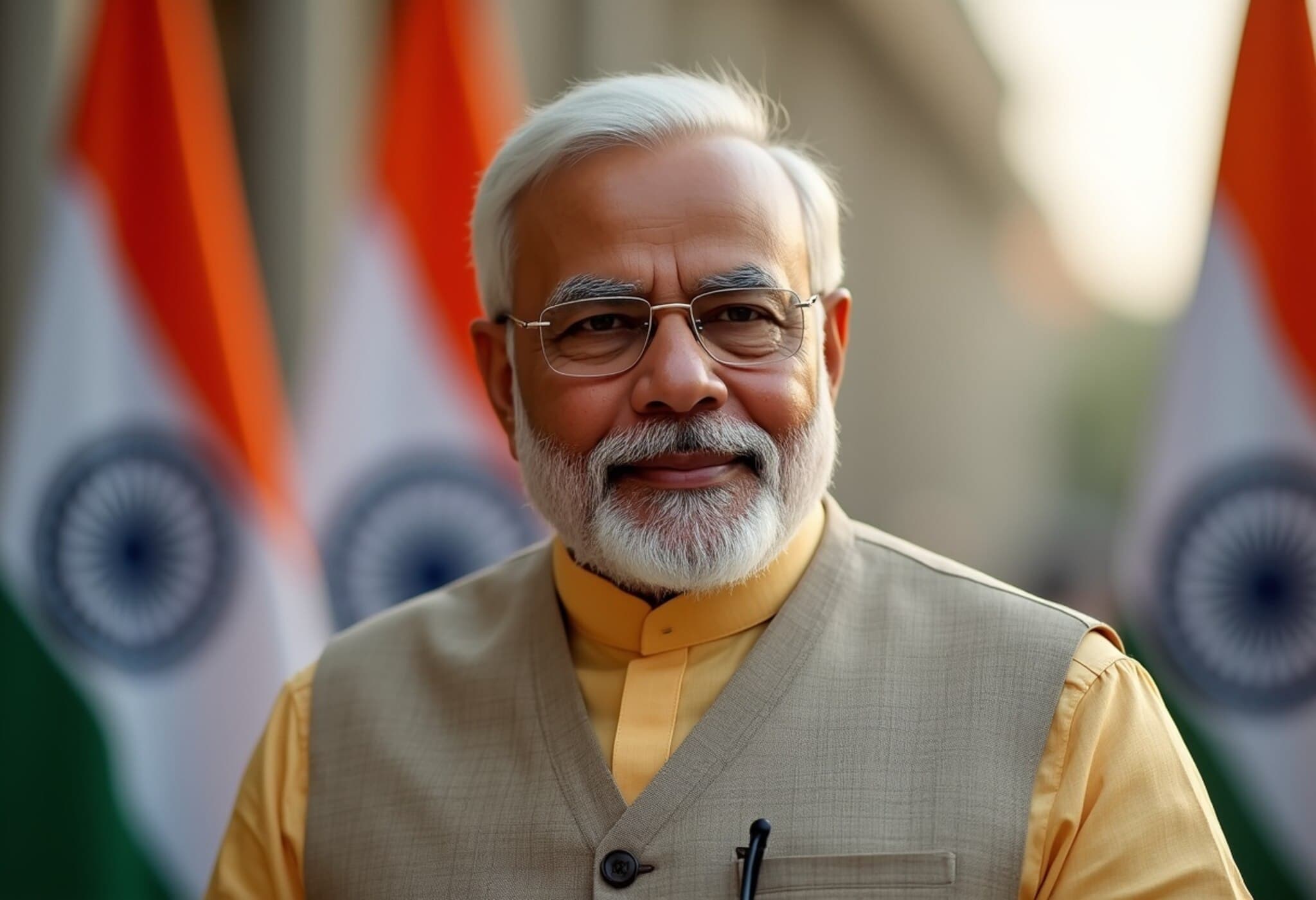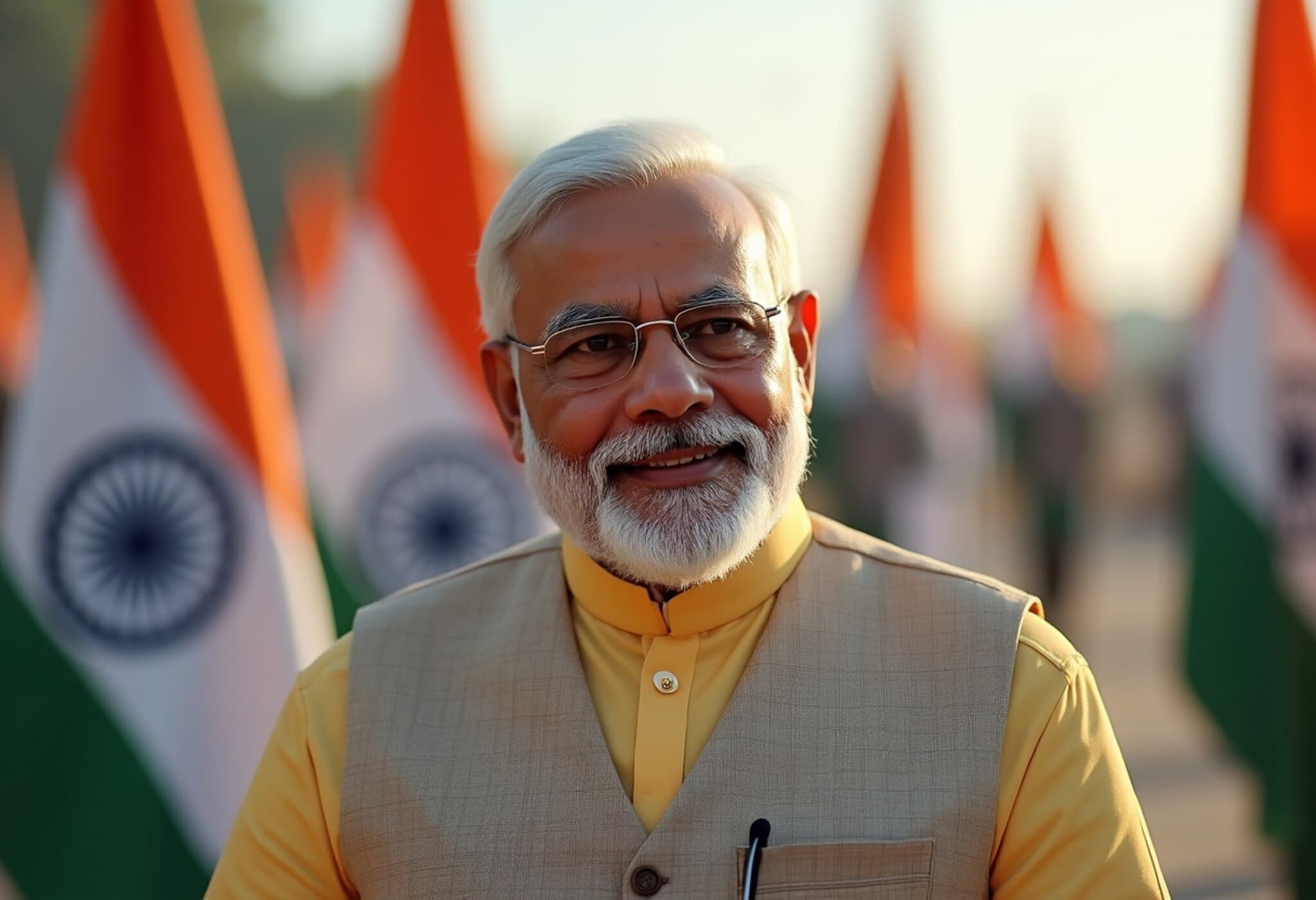India’s Strategic Infrastructure Initiatives Boost Maldives’ Growth and Connectivity
Amid evolving political dynamics under President Mohamed Muizzu, India remains a steadfast development partner to the Maldives, shaping the island nation's modernization through a series of transformative infrastructure projects. Anchored by India’s Neighbourhood First policy, these initiatives not only deepen bilateral ties but also catalyze economic growth and climate resilience for the Maldives.
1. The Greater Male Connectivity Project: Bridging Islands, Connecting Lives
Topping the list is the monumental $500 million Greater Male Connectivity Project, India’s largest foray into Maldivian infrastructure. With a $100 million grant coupled with a $400 million line of credit, this 6.74 km bridge and causeway network links the capital city Malé with the neighboring islands of Villingili, Gulhifalhu, and Thilafushi. Executed by India’s Afcons Infrastructure Ltd, it significantly enhances daily commute for almost half of the Maldivian population, fostering improved social and economic integration.
2. Transforming Northern Maldives: Hanimaadhoo International Airport Expansion
Boosting regional connectivity, India’s commitment of $136 million under a Line of Credit facilitates the expansion of Hanimaadhoo International Airport. Featuring a new 2.46 km runway and an advanced passenger terminal designed to handle 1.3 million travelers annually, this upgrade positions the northern Maldives as a burgeoning hub for tourism and trade.
3. Revamping Addu City: Roads and Land Reclamation
The southernmost city, Addu, benefits from a $200 million investment aimed at vital road upgrades and land reclamation efforts. These improvements are pivotal for both economic development and climate adaptation, especially given Maldives’ increasing vulnerability to rising sea levels.
4. Building Maritime Capacity: Gulhifalhu Port Development
Addressing logistical bottlenecks, the initial phase of the Gulhifalhu Port project, backed by India, strives to create a major transshipment hub. The port is expected to alleviate pressure on Male’s current port facilities and streamline commercial activities critical to the capital’s economy.
5. Public Health Infrastructure: Water and Sanitation on 34 Islands
Recognizing the importance of sustainable living, India has allocated $100 million in grants for water and sanitation infrastructure across 34 remote Maldivian islands. This initiative is essential for improving public health and ensuring resilience against climate-induced challenges.
6. Tackling Urban Housing Challenges: Social Housing in Hulhumale
To alleviate housing shortages amid Malé’s rapid urbanization, India funded the construction of 2,000 affordable housing units in Hulhumale under an $80 million Line of Credit. Led by NBCC (India) Ltd, these developments aim to provide improved living standards while accommodating expanding populations.
7. Championing Clean Energy: Renewable Projects Across Maldives
Aligned with Maldives’ environmental commitments, India’s assistance includes installation of rooftop solar panels on government buildings, energy-efficient street lighting, and hybrid solar-battery-diesel systems on 11 islands. These renewable projects reinforce sustainable energy adoption critical for a nation on the frontline of climate change.
Contextual Insights: The Bigger Picture of India-Maldives Partnership
While recent diplomatic shifts have included the withdrawal of some Indian military personnel and a nuanced pivot toward China by the Maldivian administration, India’s development footprint remains robust and resilient. These infrastructure projects not only fuel Maldives’ socio-economic progress but also underscore India’s role as a reliable neighbor committed to regional stability and shared prosperity.
Expert Perspective: From a geopolitical standpoint, India’s infrastructural investments in Maldives serve multiple purposes. They strengthen economic ties, enhance strategic connectivity in the Indian Ocean Region, and project India as a partner dedicated to sustainable development. Additionally, by supporting climate-resilient infrastructure, these projects address urgent environmental challenges uniquely faced by low-lying island states.
Looking Ahead: Questions and Opportunities
- How will the Maldives balance its diplomatic engagement with India and China while safeguarding its sovereignty?
- What measures can be taken to ensure these infrastructure projects prioritize local community needs and environmental sustainability?
- Could similar collaborative models be extended to other Indian Ocean island nations facing comparable developmental and climate challenges?
Editor’s Note
India’s sustained commitment to Maldives through critical infrastructure underscores a partnership that transcends politics, rooted instead in shared geographic, economic, and environmental futures. As the Maldives navigates new political landscapes, these projects remain pillars of growth, connectivity, and climate resilience. For observers and stakeholders alike, the evolving India-Maldives relationship offers a compelling case study on how infrastructure diplomacy can serve as a catalyst for regional harmony and sustainable development.

